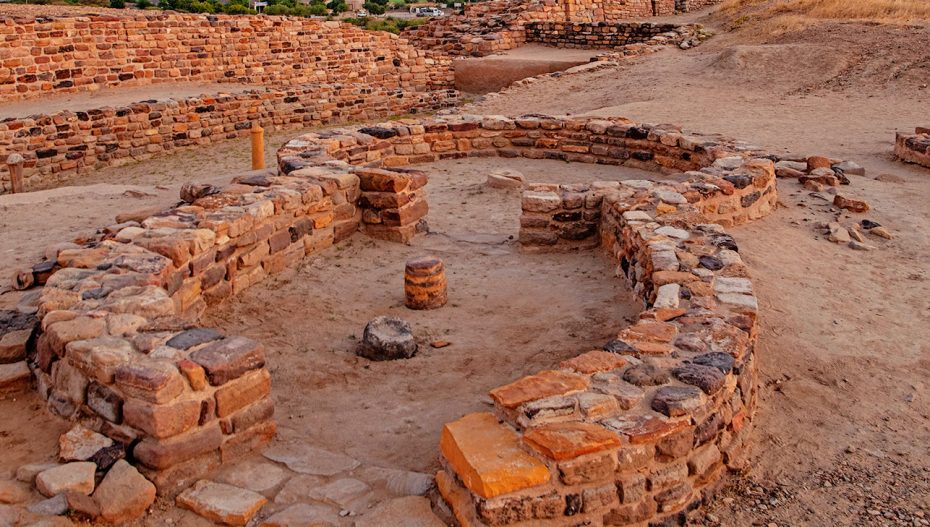A new technique will be able to pinpoint temperatures experienced by residents of Dholavira during the Harappan era, as well as climatological factors, such as excessive heat or a lack of rainfall that prompted huge exoduses in the past. The crew also sampled fish in the Gulf of Kutch and tested some of the samples at Dholavira using this method.
IIT Kharagpur (IIT-Kh) and Deccan College PGRI in Pune have employed carbon dioxide laser to study Otoliths, the calcium carbonate structures found in the ears of fish, to detect seasonal variations captured in the bone, similar to how tree rings show the environment the tree grew in.
The research, titled “Isotopic Analysis of Otolith Carbonates using Laser Heating: A quick method for acquiring high-resolution Climate Signal,” was published in Wiley.
The study’s authors include lead researcher Prof Anindya Sarkar and his Ph.D. student Torsa Sengupta from IIT(Kh)’s Dept of Geology and Geophysics, as well as Dr Arati Deshpande from DC- PGRI.
According to Prof Sarkar, the approach is largely used to determine seasonal changes in sea surface temperature (SST) recorded in otoliths. “Present approaches provide a temperature range or mean temperature. However, this procedure, which involves laser analysis of an otolith, offers oxygen isotopic composition, which is dependent on the temperature of the water in which the fish grew. The study provides us with monthly data (of temperature). “It’s like a continual snapshot of the climate in a fish’s lifespan,” he explained.
He went on to say that the procedure, which is extremely fast, may also be utilised on organisms such as coral or snail shells. “A contemporary issue is the lack of seasonality in historical climate data. This technology can address it,” Prof Sarkar said, adding that the method can also be used on artefacts from archaeological sites and in places such as the Sundarbans, where installing instruments for continuous monitoring is challenging.
Sengupta stated that they caught a catfish in the Gulf of Kutch, extracted its otoliths, and compared them to known SST data, which was found to be quite trustworthy. “Aside from temperature, our approach can also recover changes in the carbon cycle, which are regulated by bio-productivity in the ocean,” she explained.
Dr Deshpande stated that they are analysing 5,000-year-old fish otoliths from Indus Valley sites to analyse seasonality and how it affected the civilization’s rise and demise. “It will give us a glimpse into the worldwide drought cycle over a few thousand years,” she added.












